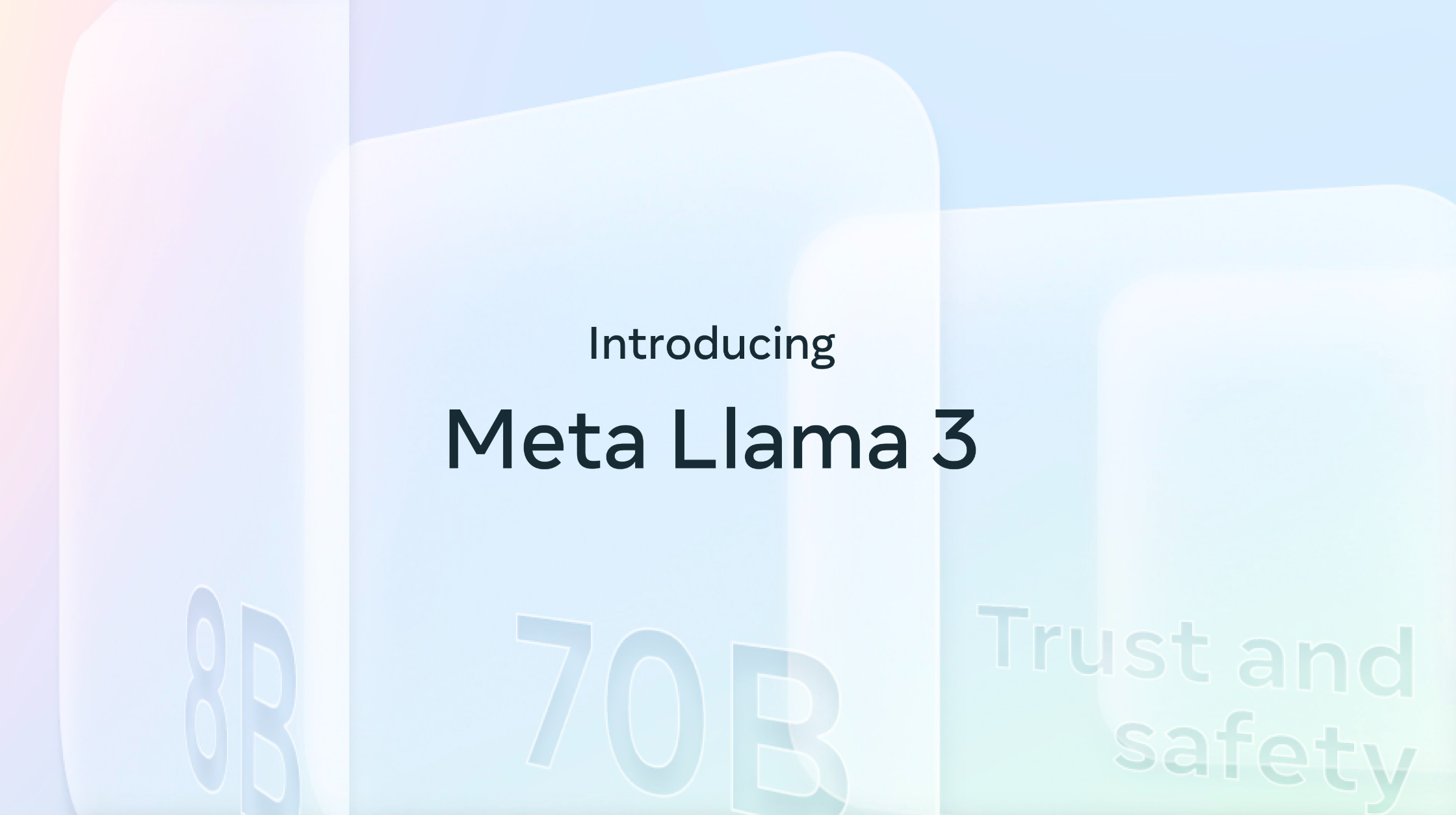Meta feels pretty good about the launch of Llama 3

Key Points
- Meta released the Llama 3 models to developers a week ago, and they have since been downloaded more than 1.2 million times. The community shares hundreds of derived models on platforms such as Hugging Face.
- The Llama-3-70B-Instruct model is the top-ranked English-language model in the LMSYS Chatbot Arena and the top-ranked freely available model. Developers are already working on enhancements such as doubling the context window, quantization, and fine-tuning for specific application areas.
- Meta plans to release additional Llama 3 models in the coming months with new features such as multimodality, multilingual communication, and a larger context window. The goal is to make its own AI model the standard for AI applications, and eventually to profit financially.
Just one week after Meta Lama 3 was released to developers, the models have been downloaded more than 1.2 million times and developers are sharing hundreds of derived models.
Meta seems quite happy with the launch of Llama 3: Since its release a week ago, the models have been downloaded more than 1.2 million times, according to Meta, and more than 600 model variations have been shared on Hugging Face.
The Llama 3 GitHub repository already has over 17,000 stars. Llama 3 70B Instruct is tied for first place in English language ratings and sixth place overall on the LMSYS Chatbot Arena Leaderboard. This makes it the highest rated open-source model, just behind closed, proprietary models.
The response from the community has been "awesome", the company writes. Developers have doubled Llama 3's (tiny) context window and are working on quantization, web navigation, tool usage, low-precision fine-tuning, and local usage. However, one group has shown that Llama 3's safety can be easily bypassed.
Prof. Dr. med. Llama 3
Partners in the chip, hardware and cloud computing industries have begun to adapt Llama 3 for their applications, Meta says.
At the Yale School of Medicine, teams collaborated with the EPFL School of Computer and Communication Sciences to fine-tune Meta Llama 3 within 24 hours of its release and introduced Llama-3[8B]-MeditronV1.0 - the first fine-tuned Llama-3 8B model for medicine. This new model outperforms all available state-of-the-art models in its parameter class on standard tests such as MedQA and MedMCQA.

With the success of Llama 3, Meta CEO Mark Zuckerberg is getting closer to his goal of making the company's own AI model the standard for AI applications and reaping financial benefits in the medium to long term, such as lower development and innovation costs.
AI News Without the Hype – Curated by Humans
As a THE DECODER subscriber, you get ad-free reading, our weekly AI newsletter, the exclusive "AI Radar" Frontier Report 6× per year, access to comments, and our complete archive.
Subscribe now